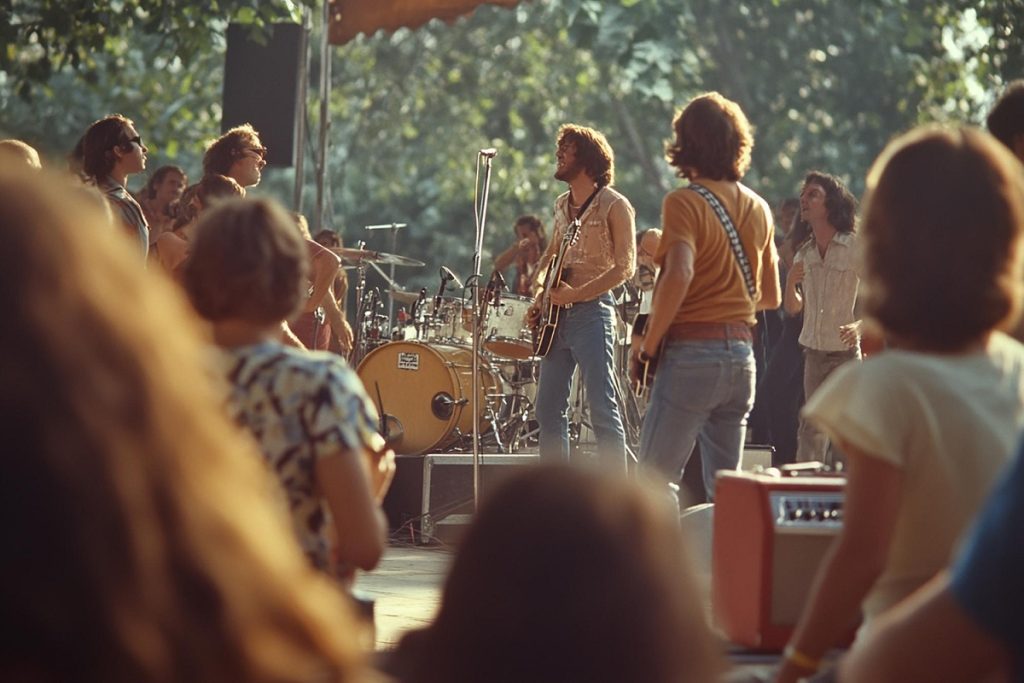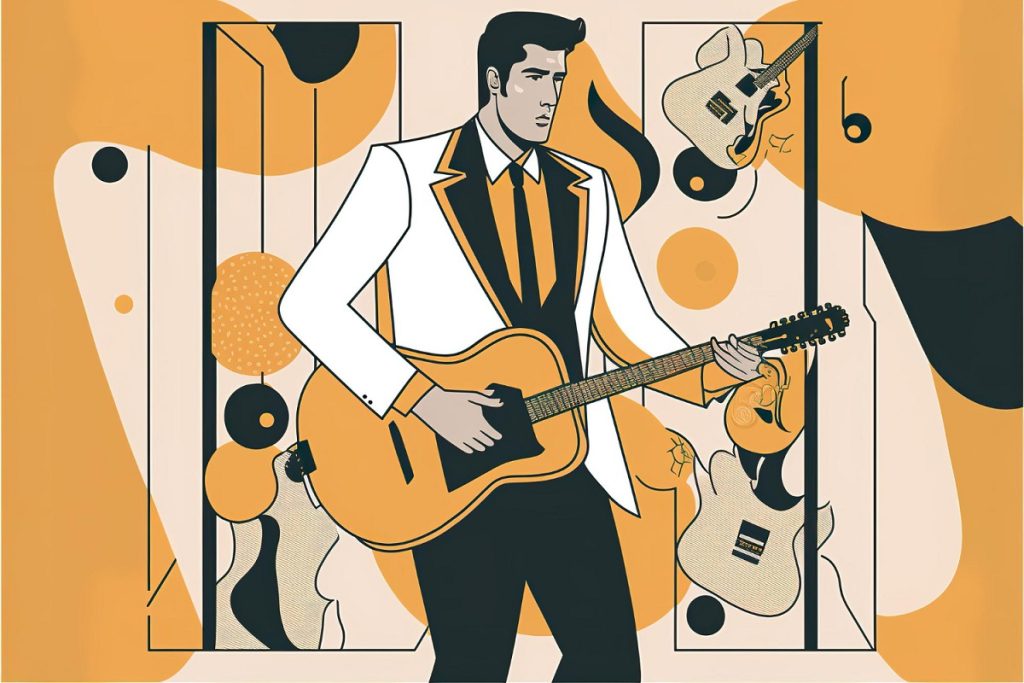Deep roots of rhythm, melodies, and lyrics have intertwined the rich tapestry of blues music with the explosive genre of modern rock and roll. The transformation from the blues’ soulful cries in the Mississippi Delta to the electrifying performances in the stadiums of the world’s biggest rock stars is not just a journey through music history, but a vibrant cultural evolution.
Origins and iconic artists
The blues originated in the African American communities in the Deep South of the United States around the end of the 19th century. It was characterized by its use of specific chord progressions, often the twelve-bar blues, and a lyrical content that spoke deeply of the soul’s aches and societal woes.
Artists like Robert Johnson, whose legendary talents and mysterious life embody the very essence of the blues, have been pivotal in shaping its form. Johnson’s recordings from the 1930s, particularly songs like “Cross Road Blues,” are seismic in their influence, laying down the emotional and technical groundwork for what would permeate rock music decades later.
Muddy Waters and Howlin’ Wolf further bridged the gap between original blues and its influences on rock. Waters’ electric blues style with hits like “Mannish Boy” introduced charged guitar riffs and charismatic vocal styles that directly fed into the rock and roll structure.
Influential albums and performances
As the blues permeated the American music scene, it found a new voice in the works of rock artists who would turn its echo into a roar. The Rolling Stones, influenced heavily by Muddy Waters, went on to craft albums like “Sticky Fingers,” which blur the lines between rock and blues, making it a cornerstone in the rock genre.
Perhaps nothing cements the blues’ influence on rock better than The Beatles’ “White Album.” Featuring tracks like “Yer Blues,” it illustrates the seamless integration of blues rhythm and rock vigor, showcasing the genre’s adaptability and depth.
The performance at Monterey Pop Festival in 1967 also stands out, where Jimi Hendrix, a modern torchbearer of blues-infused rock, set his guitar aflame, symbolizing perhaps the fiery transition from blues to rock.
Cultural and historical impact
The blues’ impact on rock extends beyond mere musical influence; it is a vital part of social and political commentary. Rock artists used the blues to express Freedom struggles, personal and societal conflicts, which resonated with wide audiences, thereby amplifying its cultural significance.
During the Civil Rights Movement, the music of blues artists like Nina Simone provided a soundtrack to a changing America. In a similar spirit, rock bands of the 60s and 70s, such as Creedence Clearwater Revival and Bob Dylan, utilized this heritage to voice the era’s turbulent social changes.
Rare anecdotes such as Led Zeppelin’s “Lemon Song,” directly inspired by Howlin’ Wolf’s “Killing Floor,” show the tangible threads connecting blues to rock, affirming how profound these influences are woven into the fabric of rock music.
Conclusion
The legacy of the blues in modern rock and roll is not only foundational but transformative, allowing the music to express a range of human emotions and social issues through powerful performances and poignant lyrics.
As rock continues to evolve, the essence of the blues remains a steadfast pillar supporting its ever-expanding structure. No matter how far rock reaches into new realms of technology and innovation, it carries with it the soulful strains and the emotive power of the blues, ensuring that this music’s heart continues to beat loud and clear.





